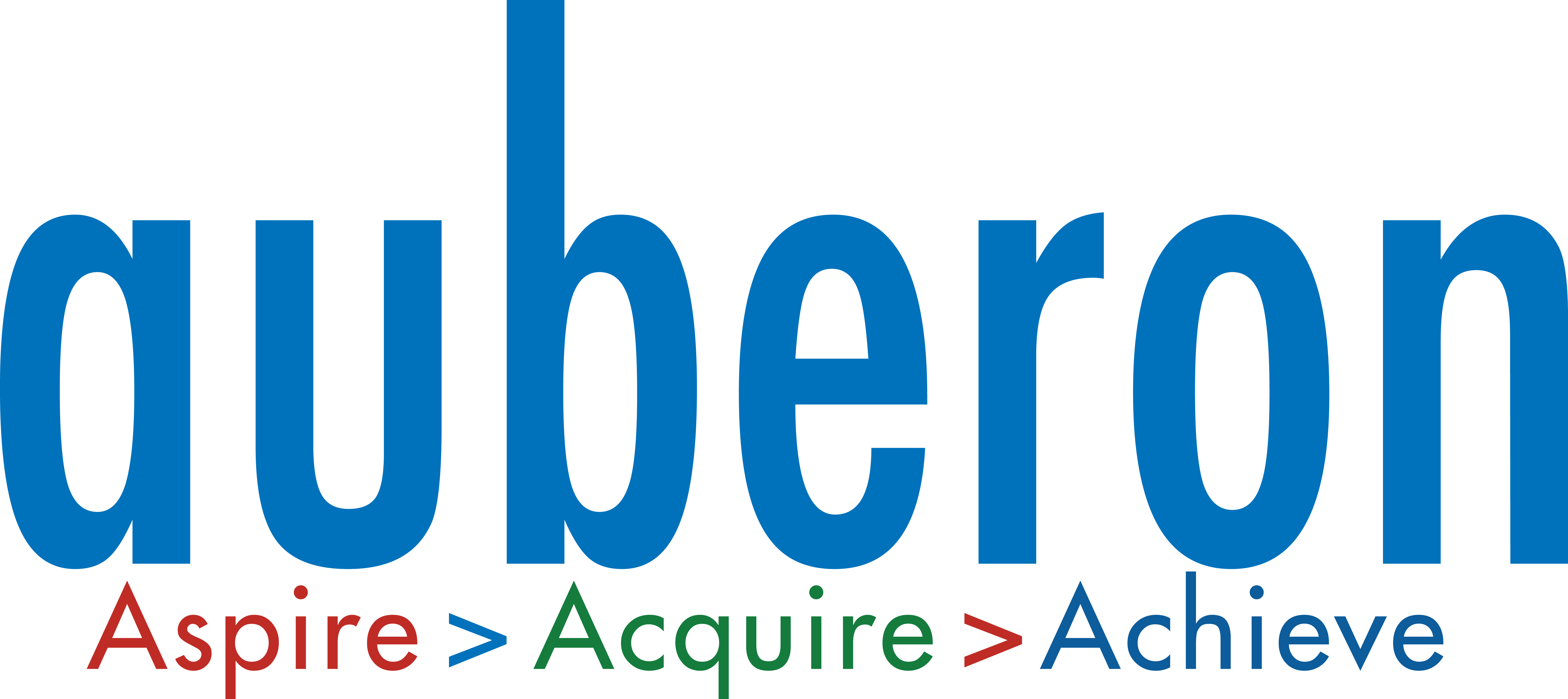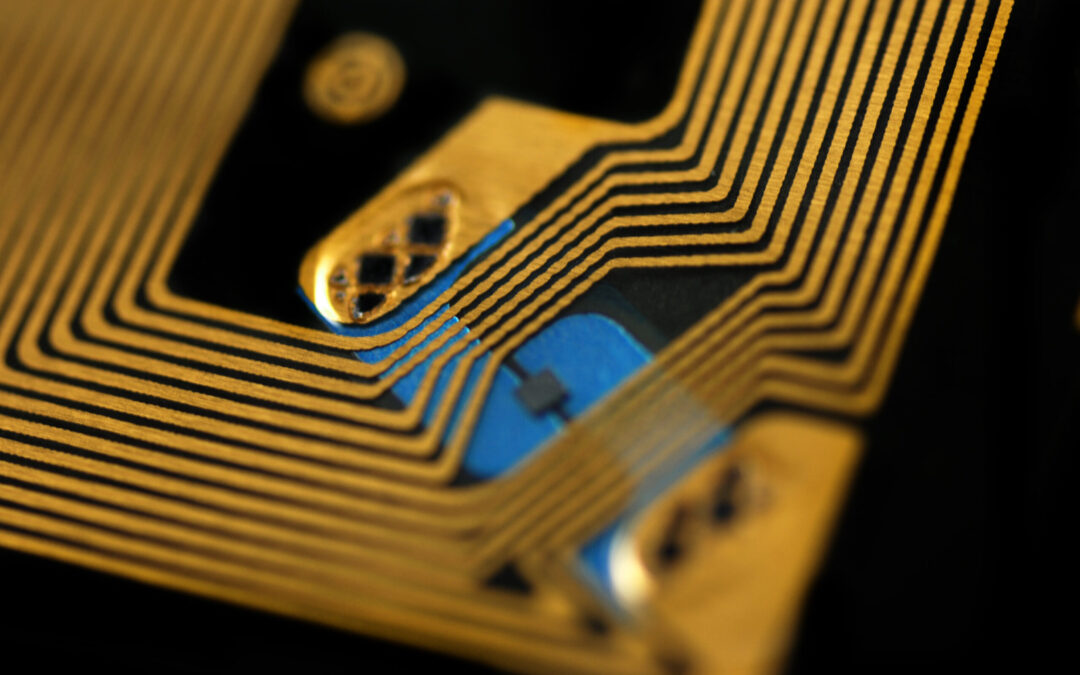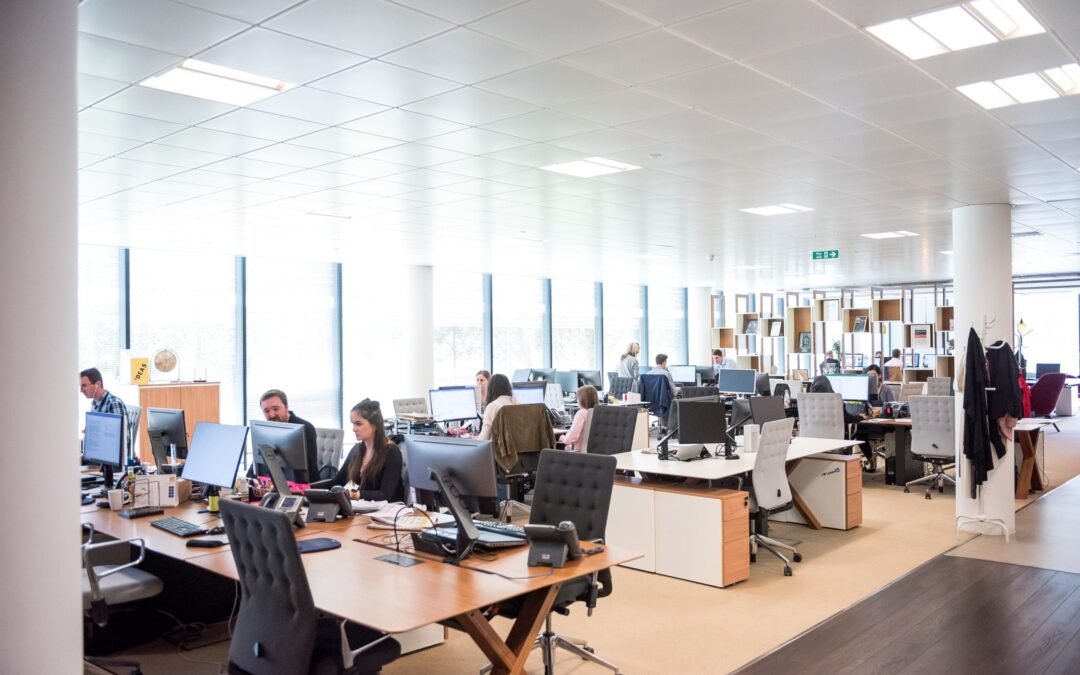Healthcare organizations have assets that range from medical devices like ECG equipment, Pacemakers, MRI machines, etc., to IT infrastructure and other human resources. These things aren’t just costly but also impact the quality of patient care. Therefore, it’s essential to have a proper healthcare asset management system in place to ensure the seamless functioning of healthcare facilities.
That’s where CAFM or Computer-Aided Facility Management Systems come in handy. They help in the efficient tracking and management of healthcare assets. Hence, organizations can enjoy benefits like precise asset identification, preventive maintenance planning, and space optimization.
This article shares a detailed overview of CAFM’s role in streamlining healthcare asset management. Let’s get into it!
What is Asset Management in Healthcare?
Healthcare asset management is a systematic way of planning, acquiring, maintaining, utilizing, and disposing of various physical resources within a healthcare facility. It helps track and manage available assets and ensure necessary equipment is available upon demand.
Challenges in Healthcare Asset Management
Healthcare facility management is a massive market with a size of 317.73 billion dollars in 2024. It’s expected to reach $624.8 billion by the end of 2032, with a CAGR of 11.93% during the forecasted period of 2022-32. These numbers indicate massive growth, which invites a lot of challenges for the service providers. Some of the challenges that businesses may come across when managing healthcare assets are:
- Abundance of Assets: Healthcare facilities have abundant assets ranging from medical equipment to facility infrastructure. Tracking their location, usage, and maintenance requirements becomes daunting. This leads to potential inefficiencies and the risk of misplaced or underutilized assets.
- Product Lifecycle Management: Monitoring a product’s lifecycle is yet another challenge in healthcare asset management. Keeping pace with upgrades, managing obsolescence, and ensuring timely replacements can be complex. This leads to the potential risk of using outdated or non-compliant assets within healthcare facilities.
To overcome such challenges, healthcare organizations need to invest in digital asset management solutions like CAFM.
Role of CAFM in Healthcare Asset Management
CAFM is a software solution that helps facilities manage all their day-to-day operations. Healthcare and other sectors are quickly adopting CAFM to boost their operational efficiency, and its market size is expected to hit US $2,081.4 million by 2032. In the healthcare sector, CAFM helps organizations track, maintain, and utilize assets.
The following are some ways a CAFM helps in asset management in hospitals or other healthcare facilities:
Asset Tracking and Identification
Healthcare organizations have to deal with plenty of assets. Manual tracking of these can lead to costly errors and even equipment loss. Stolen and lost equipment costs the healthcare industry millions every year. For instance, Santa Clara Valley Medical Center in San Jose reported 383 missing items. In government documents, they were reported as “unable to locate.” These items were worth over $11.8 million.
That’s where CAFM helps to keep track of everything. This healthcare asset management system utilizes technologies like:
- RFID: Radio-frequency Identification, or RFID, uses electromagnetic fields to track and manage assets, providing real-time data on their location and status.
- Barcodes: It’s a machine-readable code comprising numbers and parallel lines of varying widths. It’s a cost-effective method to track and identify healthcare assets.
- QR Codes: Quick Response Codes hold information in a two-dimensional matrix that’s easy to scan through a smartphone camera. In CAFM, QR codes help track hospital assets by collecting information through scanners or smartphones.
These advanced technologies allow facility managers or nurses to get real-time insights into inventory movement. Statistics show that nurses spend 6000 hours a month finding lost equipment. However, CAFM can help in avoiding such a massive productivity loss.
Preventive Maintenance Planning
Healthcare facility managers find it difficult to track faulty equipment and schedule maintenance tasks manually. 44% of unscheduled downtime is caused by old or worn-out equipment. CAFM systems come as a sigh of relief in this situation. These solutions assist in creating and managing schedules for routine maintenance tasks on medical equipment, infrastructure, and other assets. How?
CAFMs use predefined maintenance intervals based on manufacturers’ recommendations or other regulatory requirements and send notifications to facility managers. They can then take immediate steps for the upkeep of healthcare assets. This enhances the reliability of healthcare assets and minimizes disruptions in patient care.
Case Study
The Mohamed Bin Zayed City Clinic had previously struggled to manage its maintenance tasks. This led to frequent equipment breakdowns and increased operational costs. However, with the Auberon Technology CAFM, the clinic was able to streamline its preventive maintenance processes.
It has also automated the scheduling of maintenance tasks. Every time equipment requires an update, the facility managers at Mohamed Bin Zayed City Clinic get a notification as a reminder, ensuring all medical equipment and other assets perform to their maximum potential.
Regulatory Compliance
Healthcare organizations must adhere to strict asset regulations to provide top-notch patient care. A CAFM system helps in this as it automates the tracking of essential compliance-related information. These include safety reports and certifications.
It stores regulatory instructions in its database and ensures healthcare organizations are following the given instructions. For instance, a CAFM can automatically schedule and track routine equipment inspections, ensuring that medical devices meet safety standards.
Track Expenditures Related to Asset Usage and Repair
A CAFM helps keep track of money spent on using or fixing assets. It ensures that expenses related to asset usage are organized. For instance, consider a hospital that has an X-ray machine. The CAFM tracks its usage expenditures, such as how much electricity the machine consumes and the money spent on its maintenance.
Not only this, but a CAFM also notifies facility managers about asset repair costs. Take this example: if a patient’s bed needs repairs, the system will track the costs of fixing it.
This way, the healthcare department has a comprehensive overview of all financial transactions. Healthcare facility managers can use this data to manage their budgets more effectively and make informed decisions about asset investments and maintenance costs.
Asset Lifecycle Management
CAFM systems also help in healthcare asset lifecycle management. It involves overseeing the entire life of healthcare assets, from acquisition to disposal.
For instance, in the purchase of a new hospital bed, the CAFM will record:
- Recording maintenance activities.
- Ensuring compliance throughout its use.
- Eventually, deciding when to retire or replace the asset.
This ensures a healthcare organization has up-to-date machinery or assets, increasing its reliability and cost-effectiveness.
Case Study
The Al Mushrif Clinic, a specialized center for children with Down syndrome, was finding it hard to track the lifecycle of their medical assets. They contacted Auberon Technology to get a CAFM solution to resolve this issue.
Once the clinic got the equipment, the Auberon Technology CAFM became the comprehensive platform for product lifecycle management. It enabled maintenance management and ensured the assets or equipment followed proper regulatory guidelines. Resultantly, this optimization helped in the optimal use of assets, increasing their lifecycle.
Conclusion
Healthcare asset management is made easy with a CAFM. This software solution revolutionizes the industry by tracking assets in real time, providing maintenance reports, and ensuring all assets or equipment comply with industry regulations. In addition, it gives you an overview of costs related to asset repair and usage.
If you want a CAFM solution for asset management healthcare, contact Auberon Technology now. We offer top-notch IT solutions like CAFM that streamline operation, maintenance, and management tasks, boosting overall efficiency.
Citations:
Healthcare Facilities Management Market Size 2022-2030. (n.d.). https://www.precedenceresearch.com/healthcare-facilities-management-market
Computer Aided Facility Management (CAFM) market. (2022, June 1). https://www.futuremarketinsights.com/reports/computeraided-facility-management-cafm-market
Shaban, B., & Paredes, D. (2015, November 18). Taxpayers spent over $11 million on hospital equipment that’s now missing. NBC Bay Area. https://www.nbcbayarea.com/news/local/santa-clara-valley-medical-center-missing-equipment-taxpayers-money/123864/
Center for Devices and Radiological Health. (2018, September 17). Radio Frequency Identification (RFID). U.S. Food And Drug Administration. https://www.fda.gov/radiation-emitting-products/electromagnetic-compatibility-emc/radio-frequency-identification-rfid
MGM Solutions: 6000 hours per month wasted on nurses finding lost equipment – press release. (n.d.). Healthcare Facilities Today. https://www.healthcarefacilitiestoday.com/posts/MGM-Solutions-6000-Hours-Per-Month-Wasted-on-Nurses-Finding-Lost-Equipment–17611
2018 Maintenance Survey: Playing offense and defense. (2021, April 18). Plant Engineering. https://www.plantengineering.com/articles/2018-maintenance-survey-playing-offense-and-defense/










